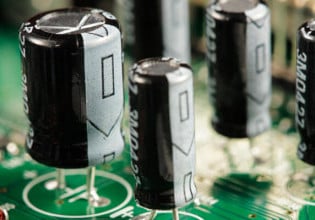American Superconductor Corp. (AMSC) announced the availability of its newest wind turbine design. The 2MW wind turbine has a rotor diameter of 113 meters and a swept area of 10,039 square meters, making it well-suited for low wind speed regions. This new 2MW turbine design with a 113-meter rotor is expected to deliver nearly 20% more energy than AMSC's 2MW turbine design 93-meter rotor. The turbine design is available for all climate conditions and various hub heights. It is also available with doubly-fed and full conversion drive train architectures as well as with the proven and certified AMSC grid support solutions such as low-voltage ride-through capability and wtWPC™ wind park controller for grid integration, both of which enable superior power quality and reactive power support.
Additionally, AMSC also announced today that it has successfully completed the A-Design Assessment according to the latest GL2010 onshore guideline for its 2-MW wind turbine design with 93-meter and 100-meter rotor. The certification was completed by DEWI-Offshore and Certification Center (DEWI-OCC), a certification body for on- and offshore wind turbines and their components, accredited by the DAkkS (Deutsches Akkreditierungssystem Prüfwesen).
Low wind speed turbines are expected to open up new markets in regions that are already saturated with wind farms, such as southern Germany and parts of the United States and emerging markets such as the Middle East and Africa. India has a large number of sites with low-wind resources. Additionally, turbines designed for low wind speed can also be located close to population centers. In China, low wind speed turbines near urban centers can reduce the bottlenecks on the transmission system that can be caused by the long-distance transmission of electricity.
"We believe that AMSC's new low wind speed turbine makes it possible to achieve a low cost of energy at the low wind speed sites that were previously inaccessible or not economically compelling. The new low-wind speed design is expected to lower cost of energy by as much as 12% compared to previous AMSC designs, increasing its competitiveness with traditional fossil fuels," said Daniel P. McGahn, CEO, AMSC.






